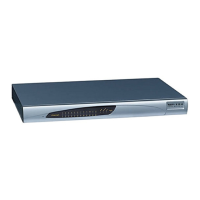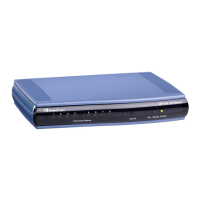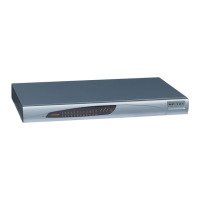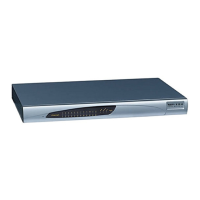3. Click the Submit
4. To save the changes to flash memory, refer to ''
button to save your changes.
Saving Configuration'' 167 on page .
3.3.4.9.6 Configuring Call Waiting
The 'Call Waiting' page allows you to enable or disable call waiting per device FXS port.
Notes:
• This page is applicable only to FXS interfaces.
• Instead of using this page, you can enable or disable call waiting for all
the device's ports, using the global call waiting parameter 'Enable Call
Waiting' (refer to ''Configuring Supplementary Services'' 114 on page ).
• You can also configure the Call Waiting table using the ini file table
parameter CallWaitingPerPort (refer to ''SIP Configuration Parameters''
252
on page ).
To configure Call Waiting:
1. Open the 'Caller Waiting' page (Configuration tab > Protocol Configuration menu >
Endpoint Settings submenu > Call Waiting
Figure 3-87: Call Waiting Page
page item).
2. From the 'Call Waiting Configuration' drop-down list corresponding to the port you want
to configure for call waiting, select one of the following options:
• 'Enable': Enables call waiting for the specific port. When the device receives a call
on a busy endpoint (port), it responds with a 182 response (and not with a 486
busy). The device plays a call waiting indication signal. When hook-flash is
detected by the device, the device switches to the waiting call. The device that
initiated the waiting call plays a Call Waiting Ringback tone to the calling party
after a 182 response is received.
• 'Disable': No call waiting for the specific port.
• Empty: Call waiting is determined according to the global parameter 'Enable Call
Waiting' (described in ''Configuring Supplementary Services'' 114 on page ).
3. Click the Submit
4. To save the changes to flash memory, refer to ''
button to save your changes.
Saving Configuration'' 167 on page .

